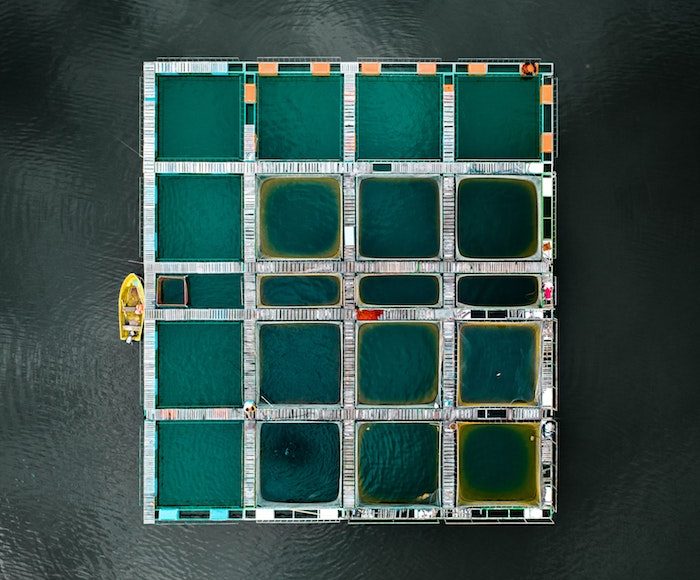The Department of Agriculture (DA) is updating its management information system (MIS) to modernize the Philippines’ agri-fishery operations. Digital agriculture refers to the utilization of technologies that integrate agricultural production from farms to consumers, providing tools and information to improve productivity and cost efficiency.
For Agriculture Secretary William Dar, good data management and a robust monitoring and evaluation system (M&E) are required for reliable and credible agri-fishery information. In addition, DA will invest in data science by establishing a data analytics group as they move towards digitalizing the agricultural sector.
“The upgraded MIS contains the digital registry of farmers and fisherfolk, and a list of previous and current DA projects. It also features a real-time M&E system, and optimizes the use of a geolocation app for more efficient project implementation and monitoring that will benefit more farmers, fisherfolk, and stakeholders,” says Dar.
A Farmers’ Interventions Monitoring System (FIMS) funded by the World Bank was developed by the DA through the Information and Communications Technology Service (ICTS). The FIMS applies geotagging technology set in motion under the Philippine Rural Development Project (PRDP). ICTS head Xerxees Remorozo explains that the system coordinates the databases from the DA regional offices, bureaus, attached agencies and corporations, and foreign- and locally-assisted projects, including those from local government units. It also facilitates and records real-time agri-fishery information and M&E reports from different DA projects.
This shall decrease, if not completely eliminate, the risk of corruption and other malpractices, enabling more efficient planning and decision-making for the authority.
The FIMS include the Registry System for Basic Sectors in Agriculture (RSBSA), which has the information of individual farmers and fishers and serves as the basis for their qualification to the programs, projects and activities of DA. Secretary Dar emphasizes that the system should be transparent, publicized, integrated and foolproof as well as institutionalized. A strengthened internal and external M&E systems is a top priority of the Department.
The new web-based system will ensure that the intended beneficiaries of the DA have received and used the services and support the agency has provided. This shall decrease, if not completely eliminate, the risk of corruption and other malpractices, enabling more efficient planning and decision-making for the authority. Remorozo says that the DA-ICTS will train employees from concerned DA offices regarding the use of FIMS, specifically matters on data collection, recording and integration.
“In all, digitizing agriculture is also a way to attract more young people and agripreneurs to engage in farming, fisheries, and agribusiness ventures,” says Secretary Dar.
Secretary Dar is also proposing the involvement of students from state universities and colleges (SUCs). A team from the University of the Philippines has recently expressed interest to serve as a third-party representative for the data collection.
“The DA will also push for modern and millennial-oriented digitized aquaponics, hydroponics, automated greenhouse systems using IoT (internet of things, which utilizes the use of cameras, sensors and other devices), aeroponics, artificial intelligence, cloud and other emerging technologies—in partnership with private institutions and LGUs,” says Dennis Layug, DA senior adviser on information technologies and systems.
The Food and Agriculture Organization of the United Nations says that digital agriculture will transform agriculture and food production as stakeholders gain better access to information, inputs and markets, and streamline supply chains, which results in lower operation costs, among others.
According to Layug, the enhanced community quarantine had pushed the hydroponics chat group in the Philippines to jump to more than 5,000 (and counting) members from only less than a thousand before the pandemic started—an indication that more people, especially the youth, are interested in digital agriculture.
“In all, digitizing agriculture is also a way to attract more young people and agripreneurs to engage in farming, fisheries, and agribusiness ventures,” says Secretary Dar.





